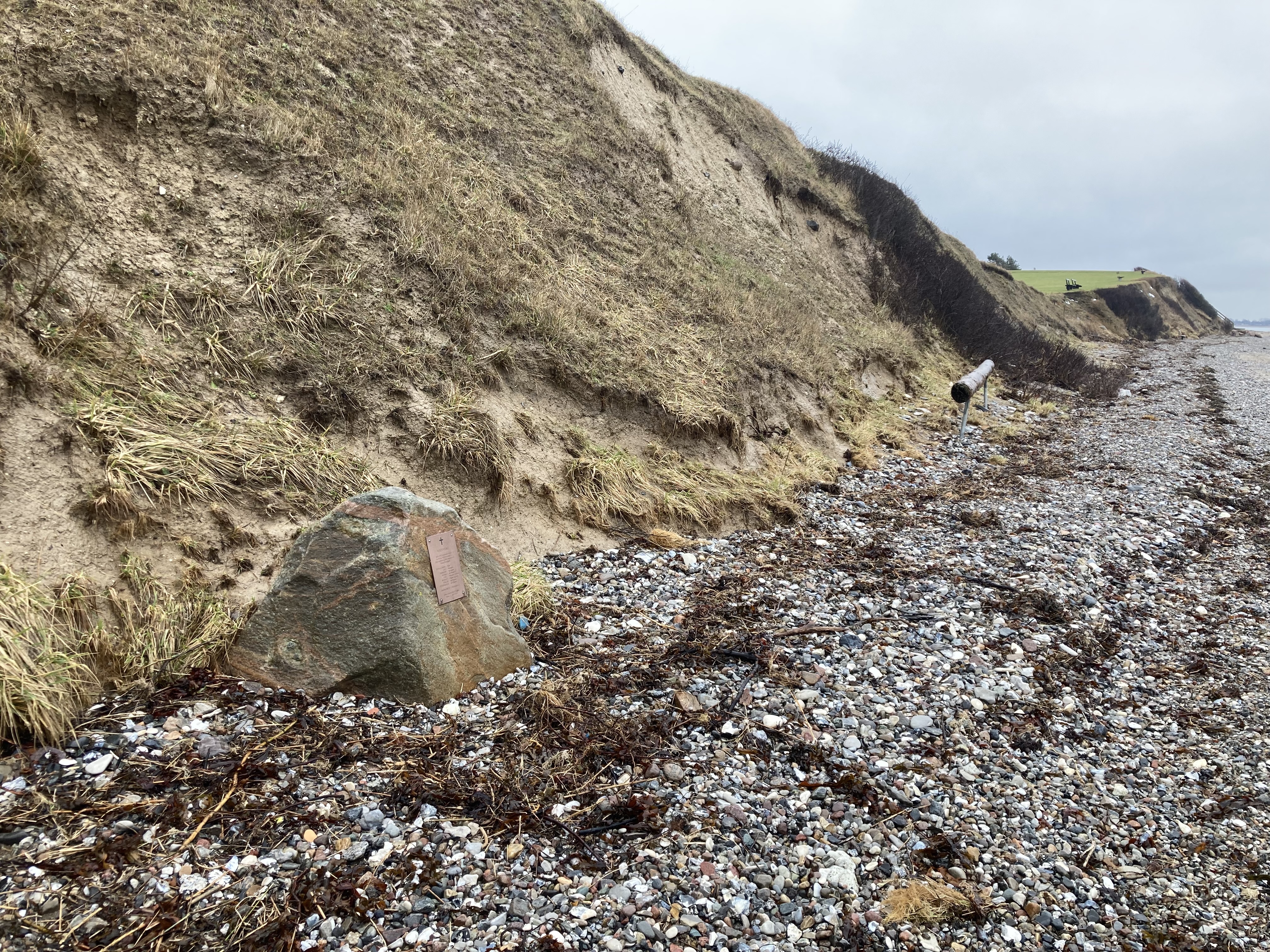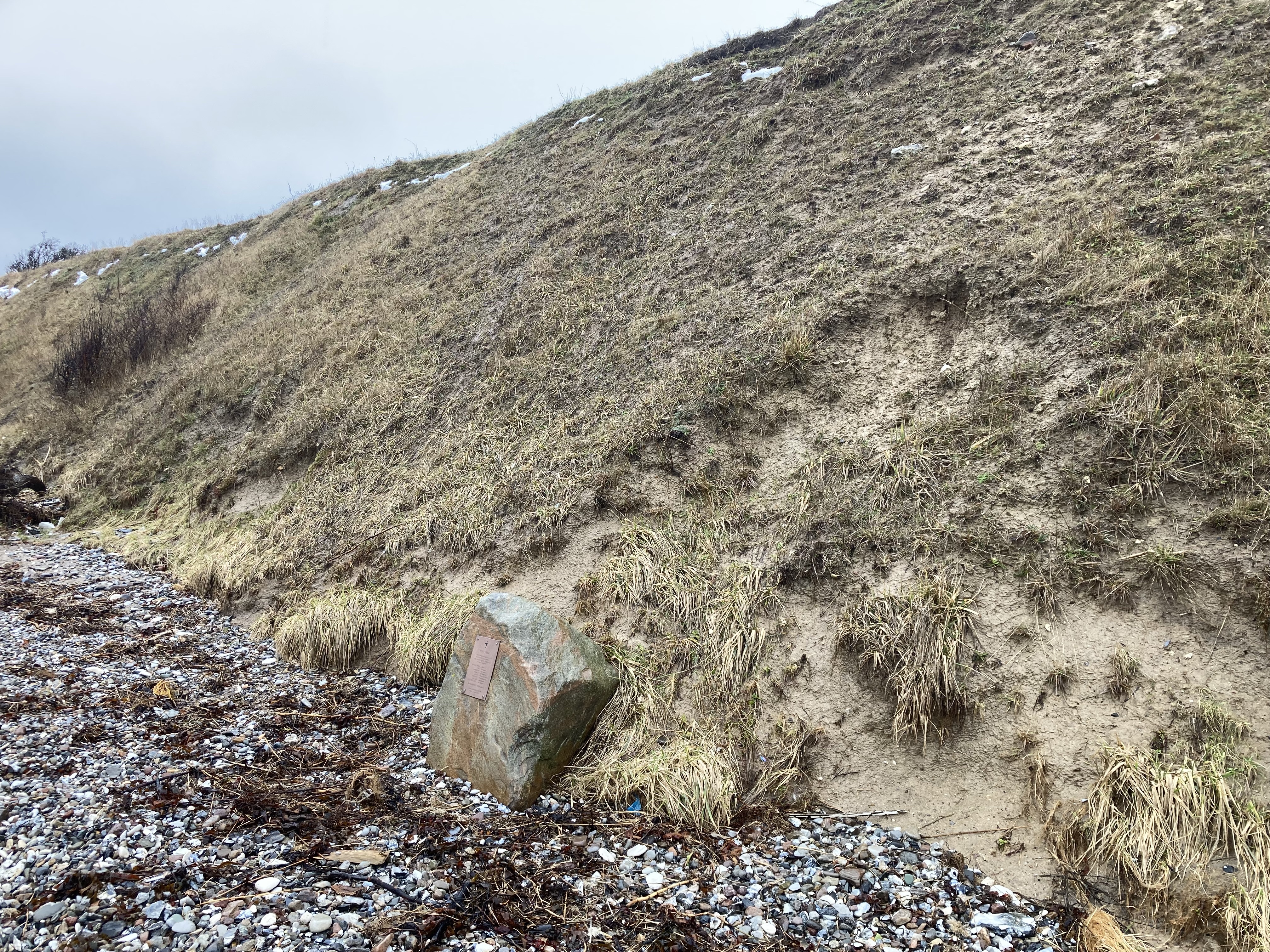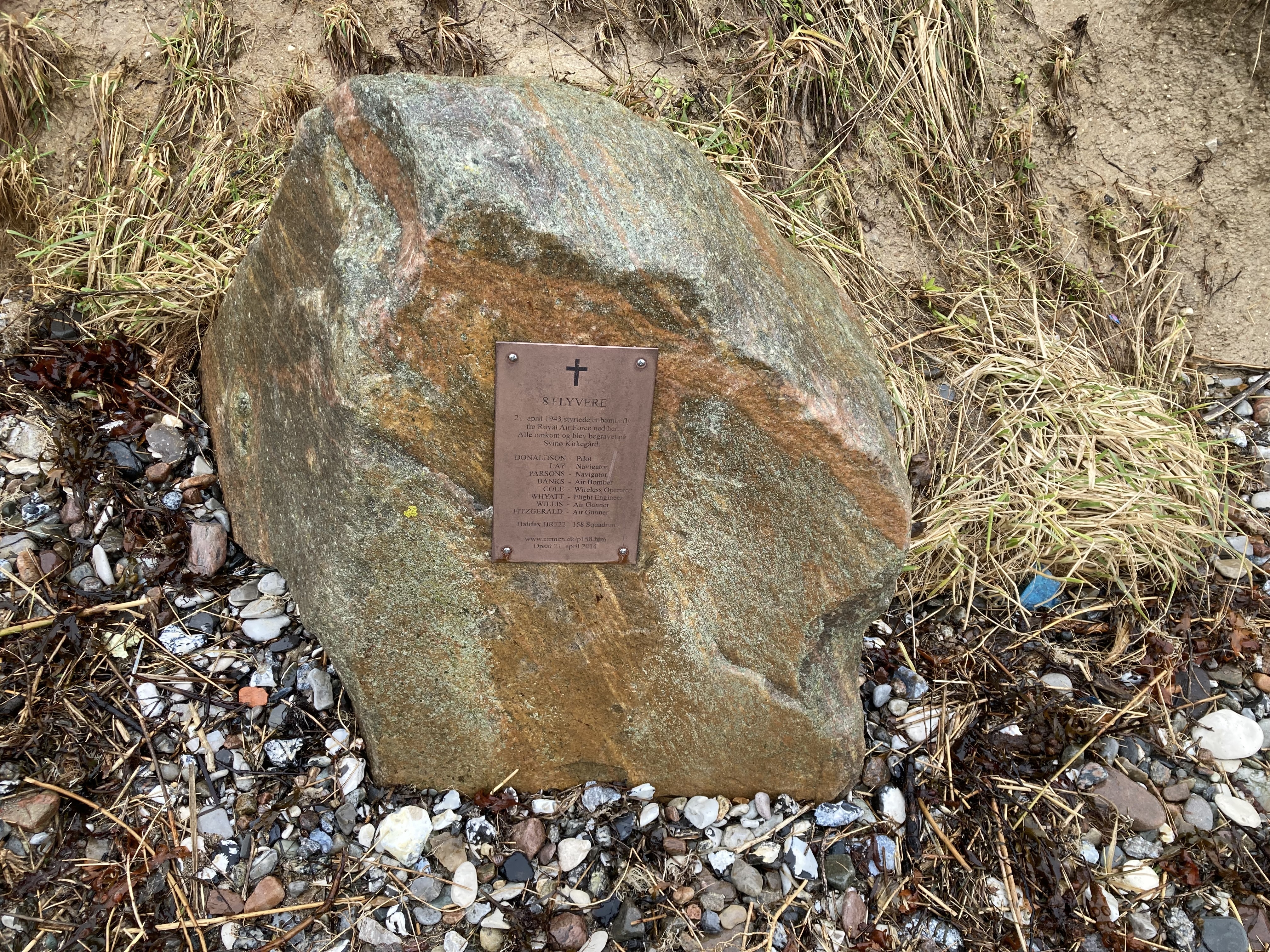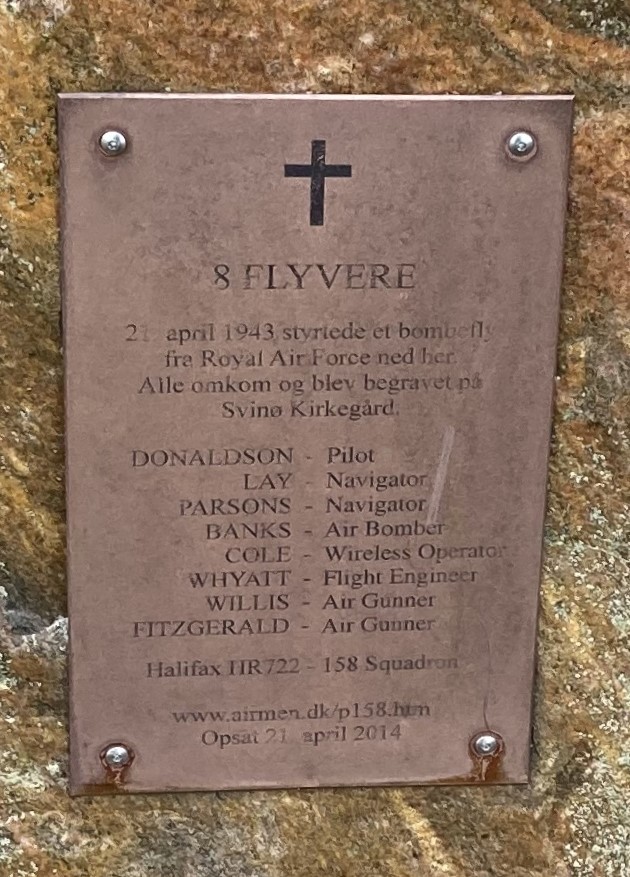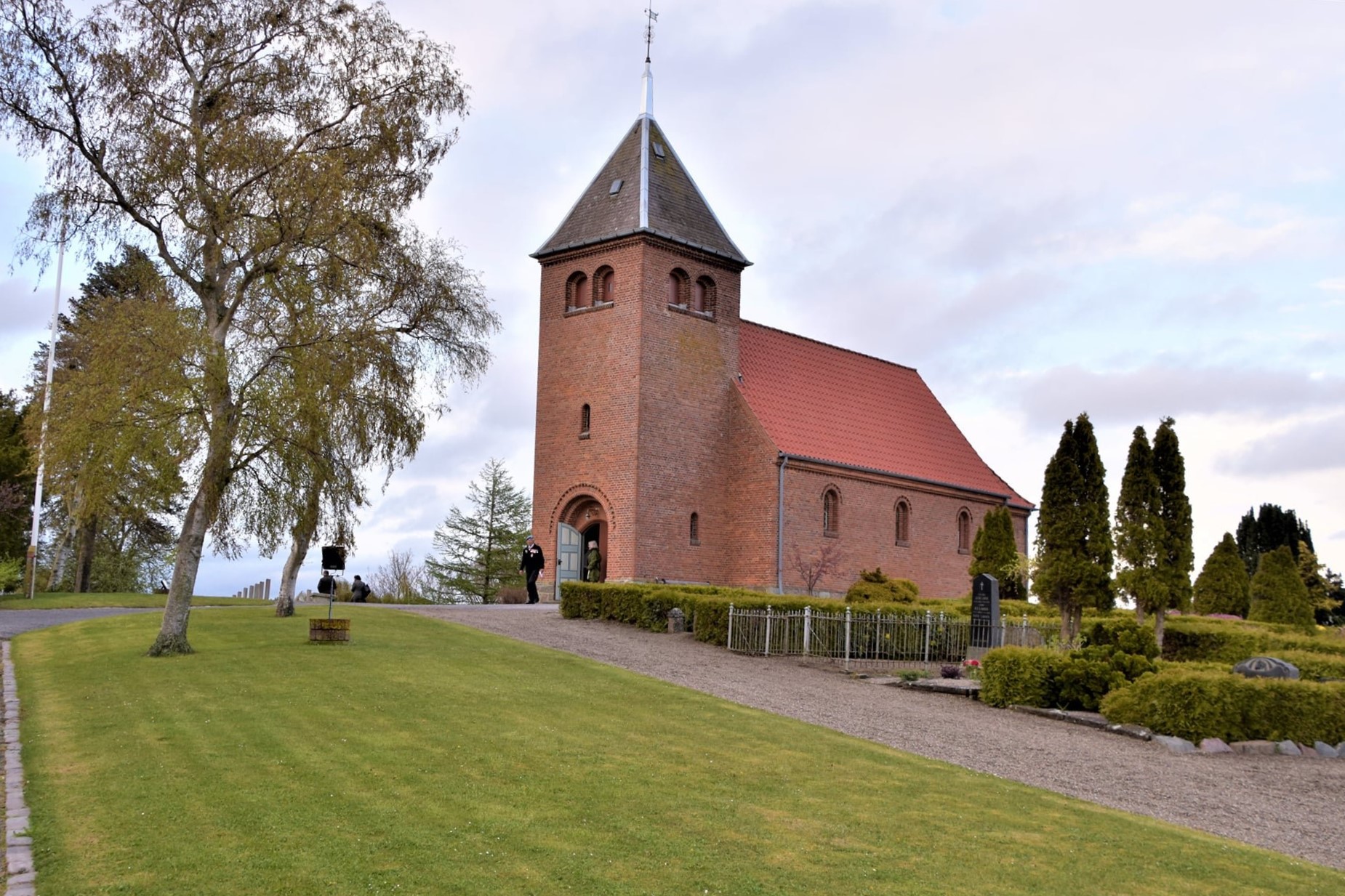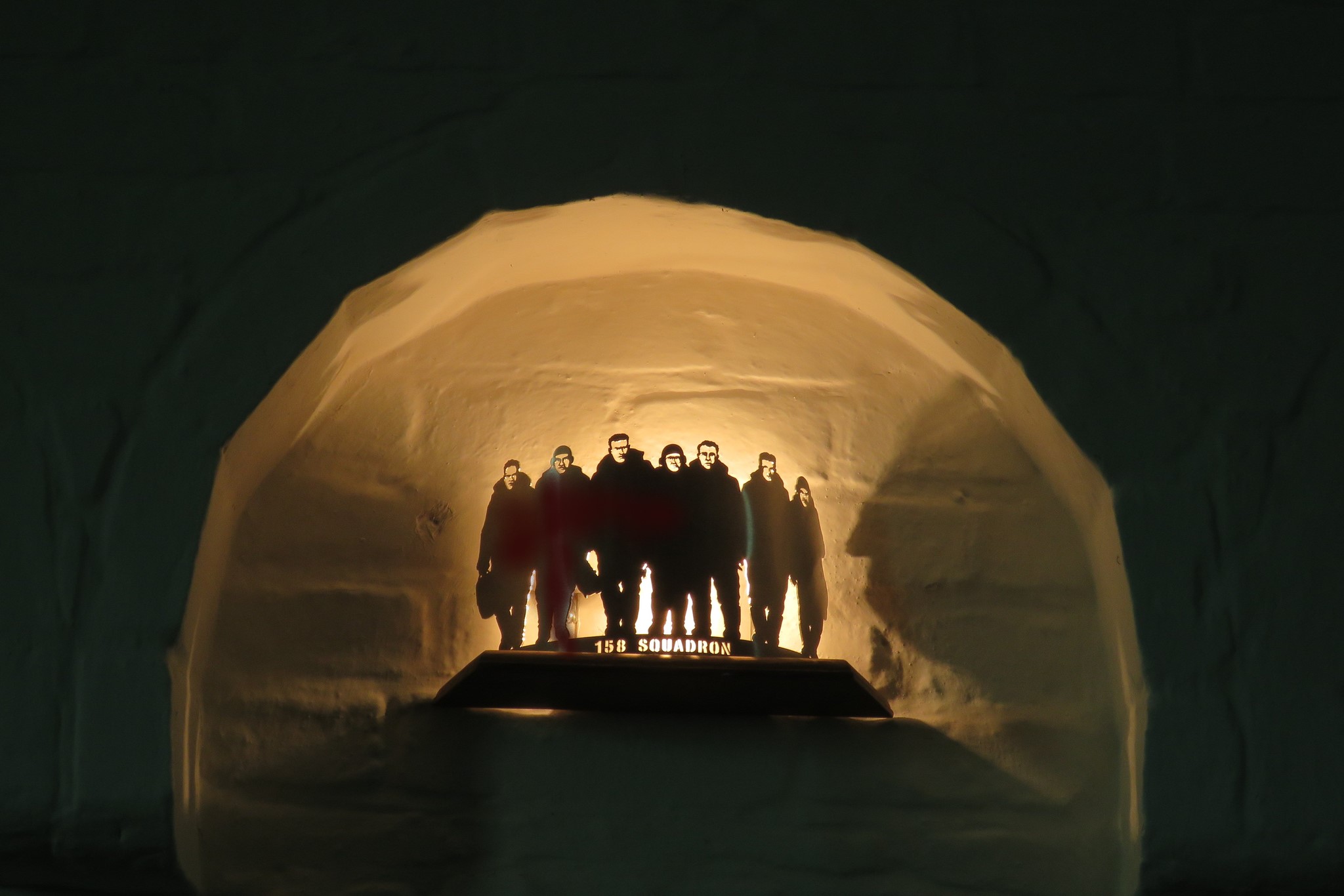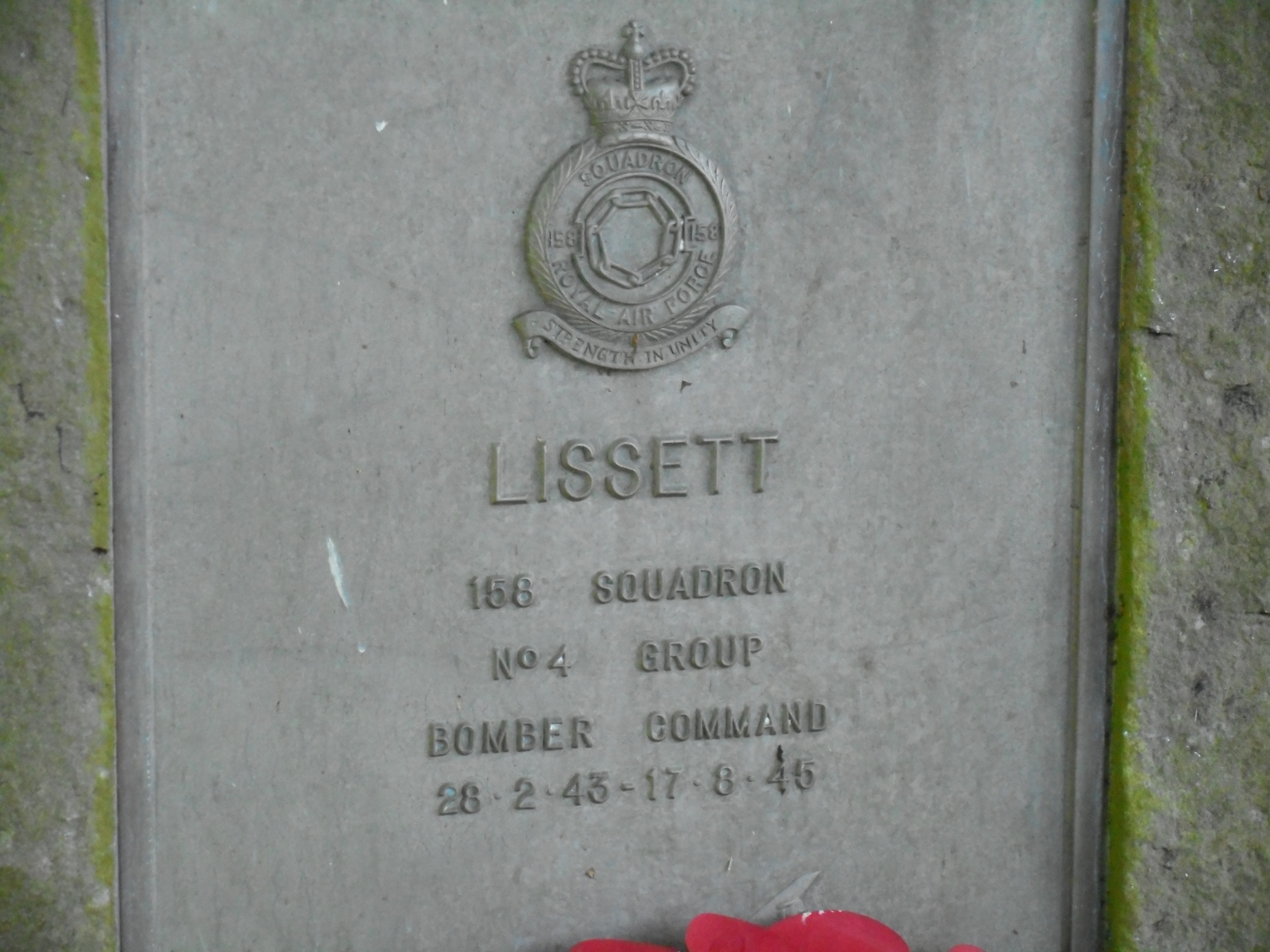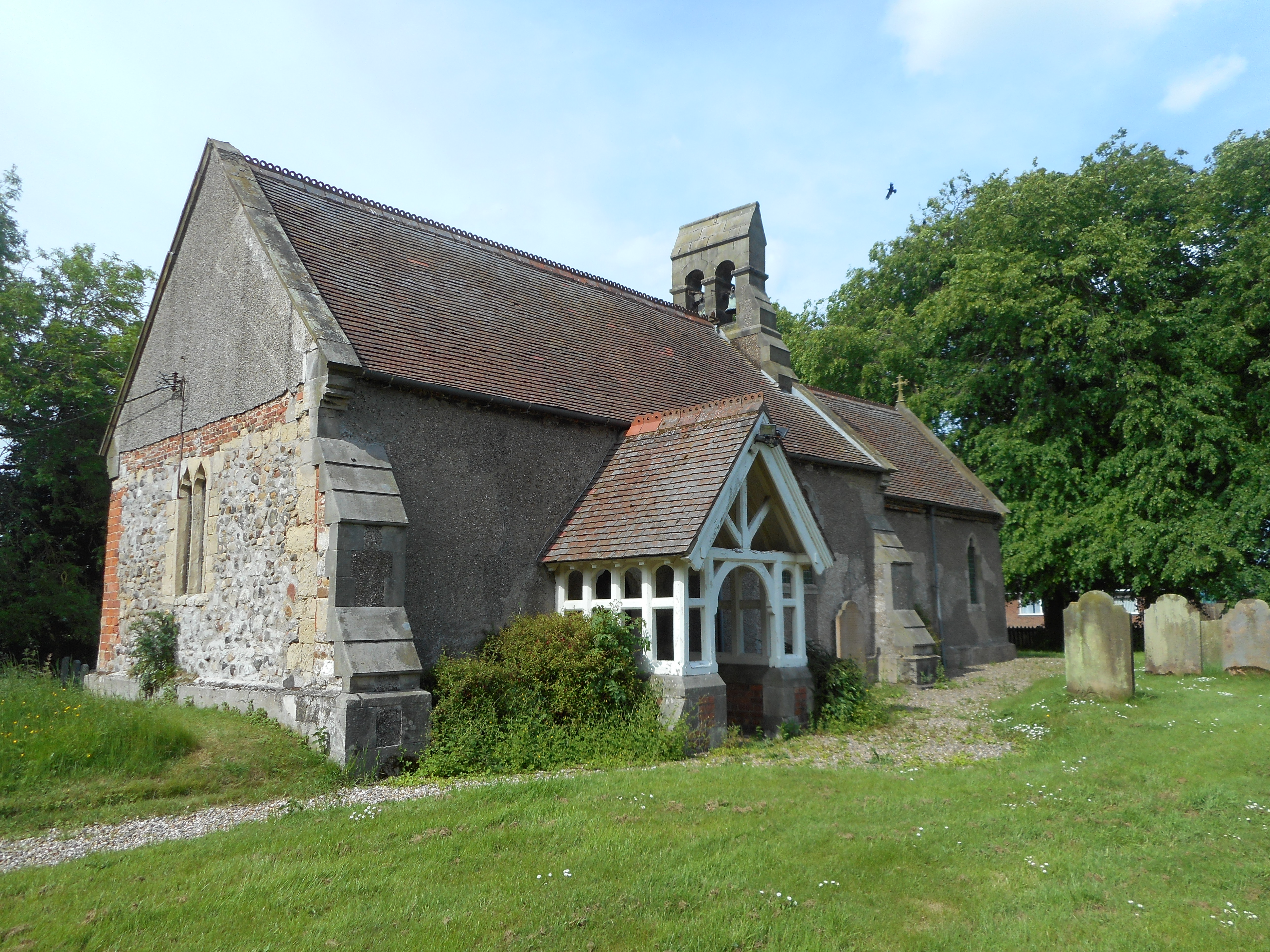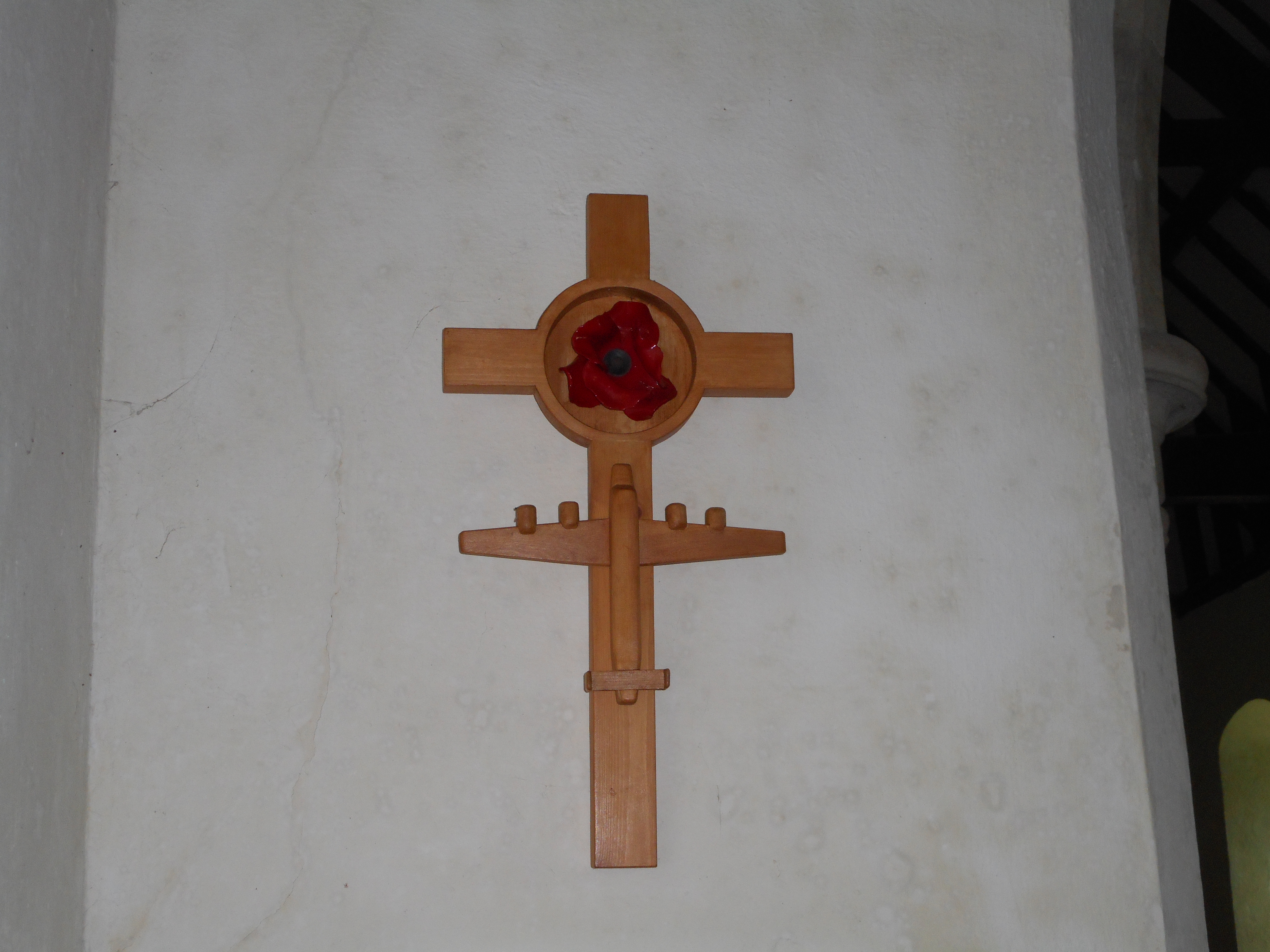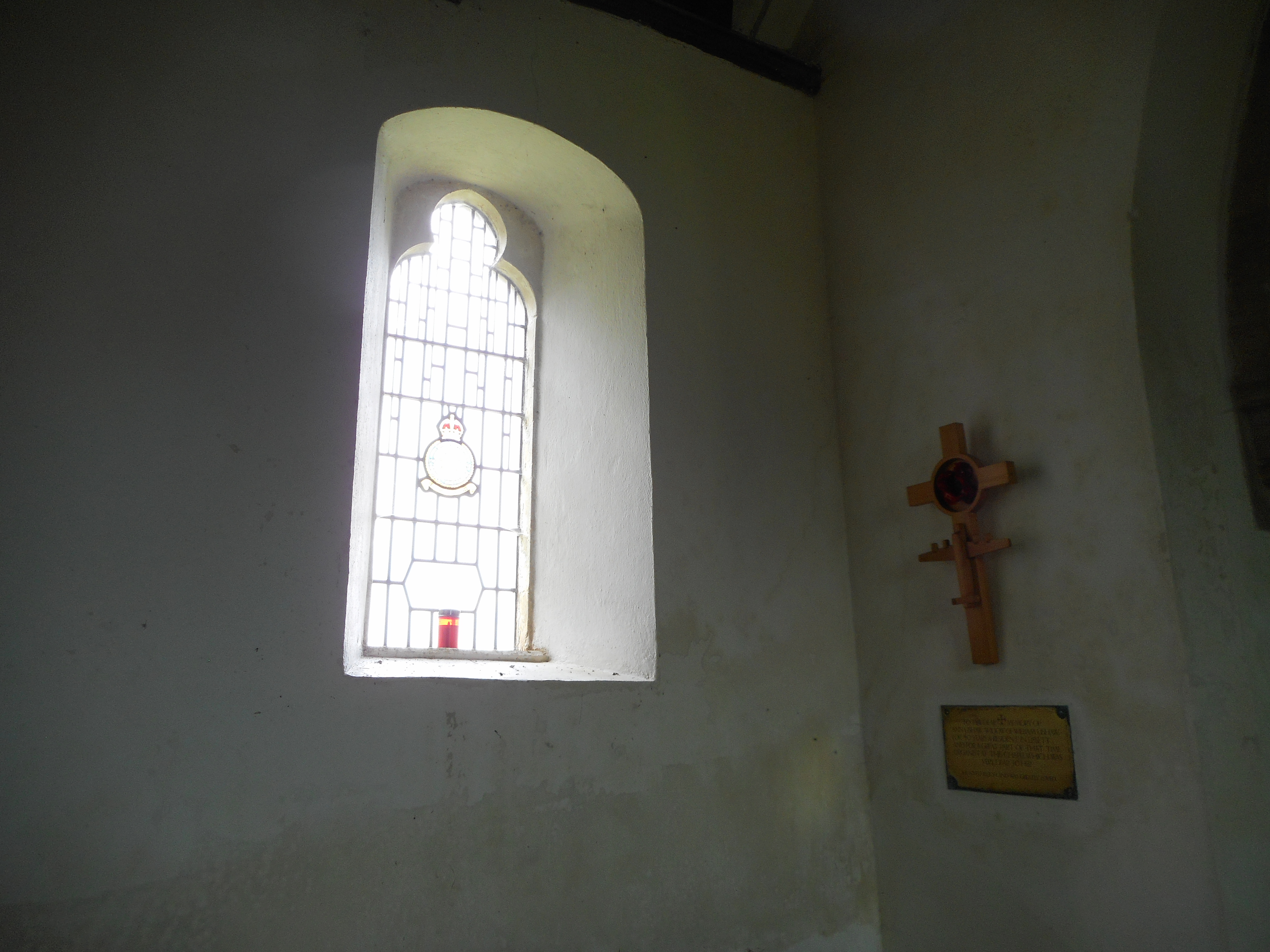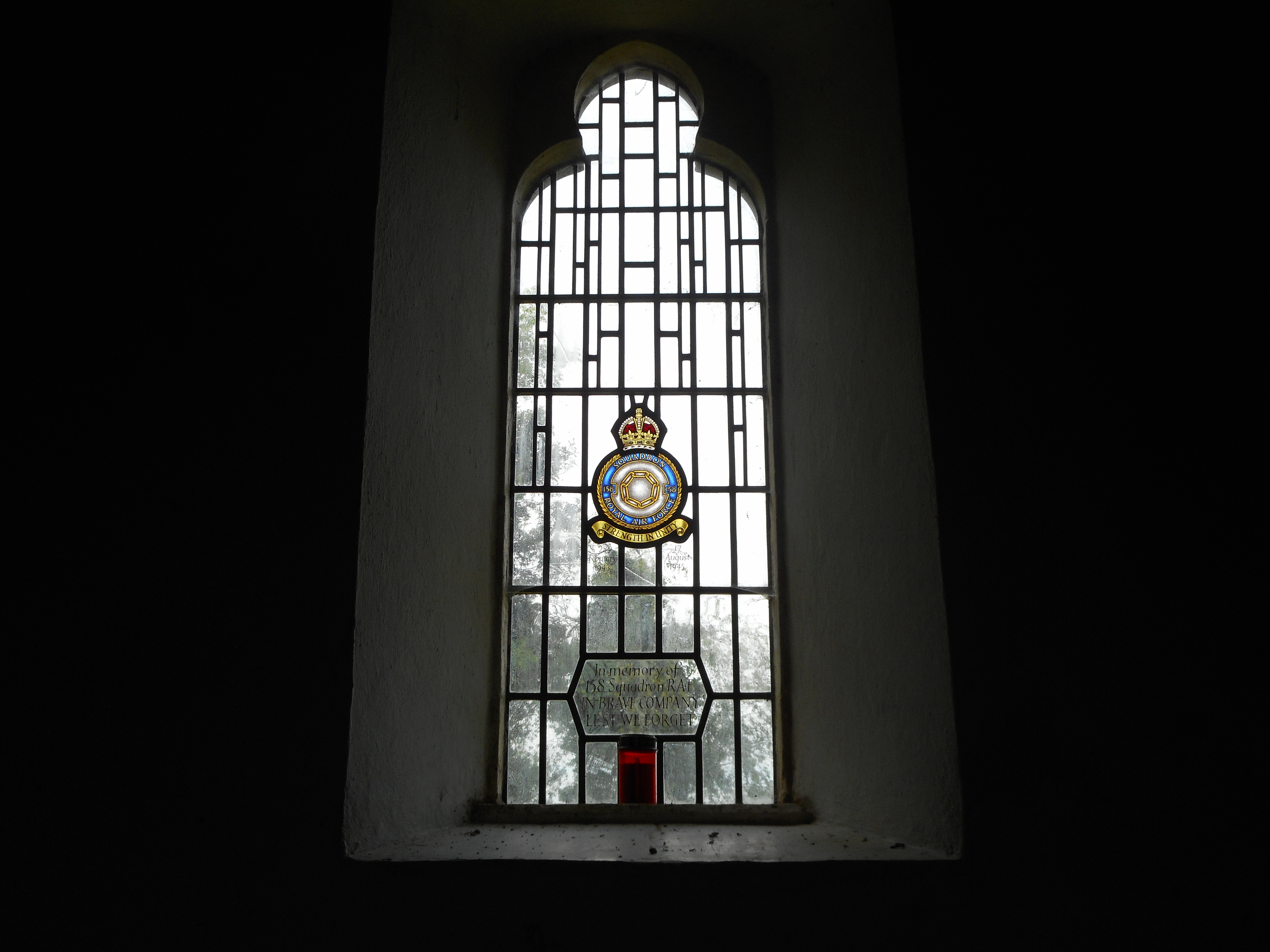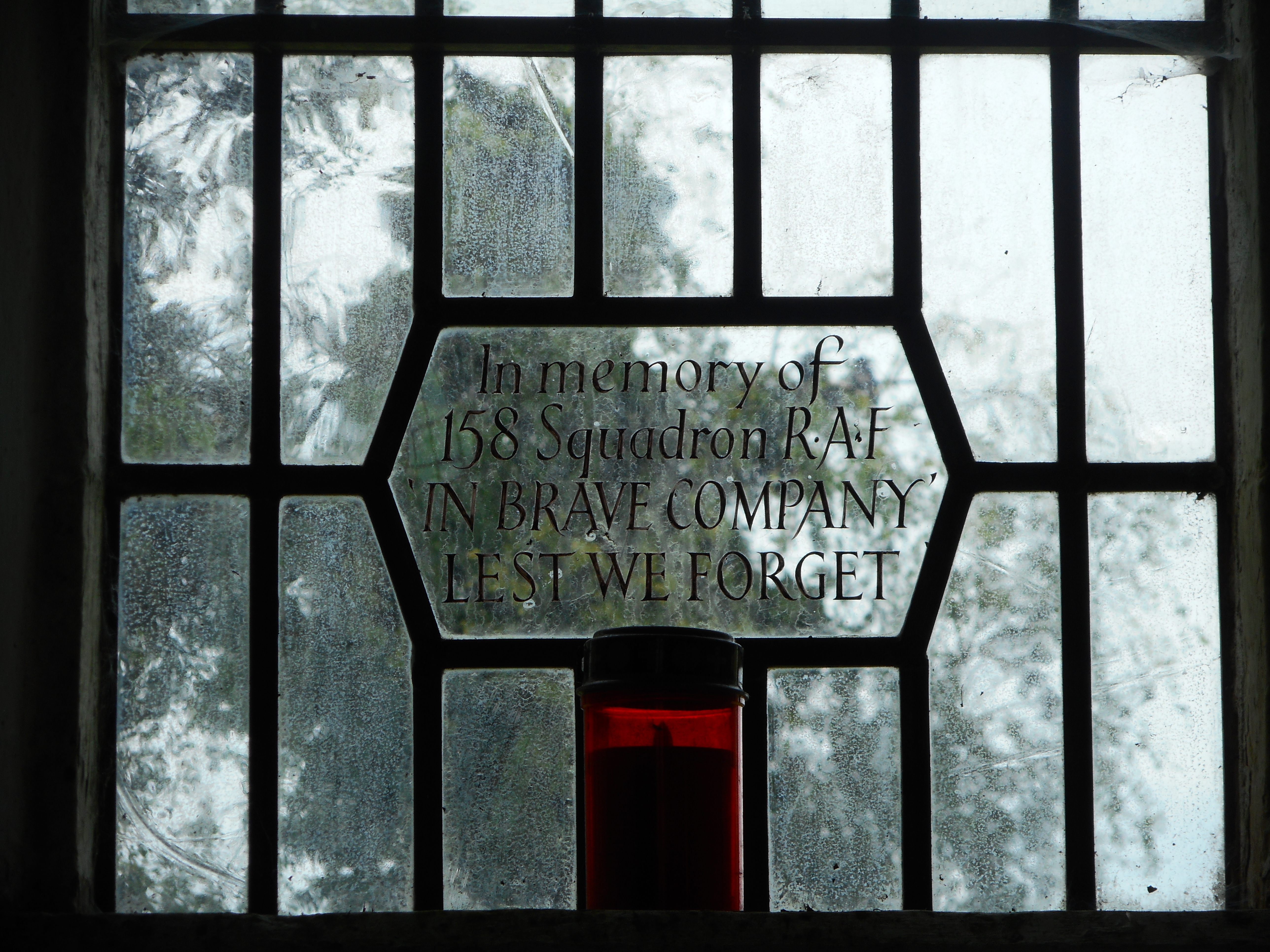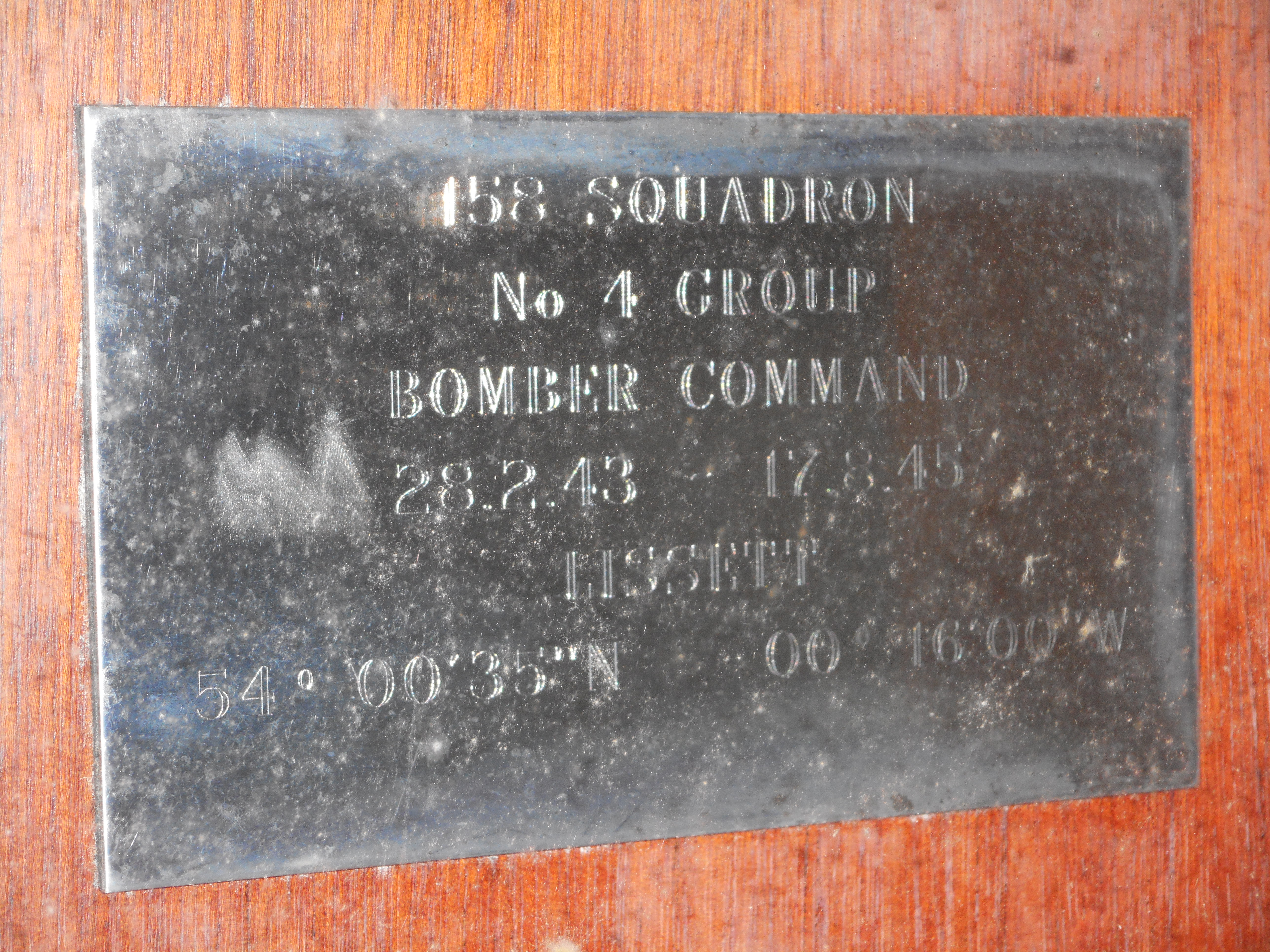Willis, George Harold
Personal Information
| Rank | P/O |
| Forename(s) | George Harold |
| Surname | Willis |
| Gender | M |
| Age | 26 |
| Date of Death | 20-04-1943 |
| Next of Kin | Son of Robert Ernest Willis and of Margaret Willis (Nee Stewart). Husband of Betty Willis, of Chelsea, London. |
Aircraft Information
| Aircraft | Handley Page Halifax II |
| Serial Number | HR722 |
| Markings | NP-C |
Memorial Information
| Burial/Memorial Country | Denmark |
| Burial/Memorial Place | Svino Churchyard |
| Grave Reference | Grave 24. |
| Epitaph | RATHER DEATHE THAN FALSE OF FAYTHE |
IBCC Memorial Information
| Phase | 2 |
| Panel Number | 266 |
Enlistment Information
| Service Number | 124109 |
| Service | Royal Air Force Volunteer Reserve |
| Group | 4 |
| Squadron | 158 |
| Squadron Motto | Strength in unity |
| Trade | Air Gunner |
| Country of Origin | United Kingdom |
Other Memorials
| Location | Klintevænget 24 Slagelse, Drøsselbjerg, Sjælland Provincer |
| Country | Denmark |
| Memorial Type | Memorial stone and inscribed metal plaque |
| Memorial Text |
21 April 1943 styriede et bomberfly fra Royal Air Force ned her Alle omkon og blev begravet pa Svinø kirkegard
Translation "21 April 1943 a bomber from the Royal Air Force crashed here. All died and were buried at Svino churchyard" |
| Location | Svinø Church, Svinø, Sjælland Provincer |
| Country | Denmark |
| Memorial Type | Minature metal sculpture (based on the 158 Sqn Memorial at Lissett) |
| Memorial Text |
Translation "158 Squadron " |
| Location | St. James of Compostola Church, Lissett, East Yorkshire |
| Country | United Kingdom |
| Memorial Type | Memorial Stone & Inscribed Metal Plaque |
| Memorial Text | Memorial to 158 Sqn, RAF Lissett 28th February 1943 - 17th August 1946 |
| Location | St. James of Compostola Church, Lissett, East Yorkshire |
| Country | United Kingdom |
| Memorial Type | Stained Glass Window & Inscribed Metal Plaques |
| Memorial Text | A stained glass window in memory of 158 Sqn RAF |
Commonwealth War Graves Commission
The National Archives
| Record of Events (Operational Record Book) AIR 27/1048/31 |
| Summary of Events (Operational Record Book) AIR 27/1048/30 |
Fellow Servicemen
Please note that this list gives all the losses aboard the quoted aircraft and occasionally these may have occurred on an earlier date when the aircraft was not itself lost. Please check the dates of death carefully.
Last Operation Information
| Start Date | 20-04-1943 |
| End Date | 21-04-1943 |
| Takeoff Station | Lissett |
| Day/Night Raid | Night (99% moon) |
| Operation | Stettin. 339 aircraft, 21 losses (6.2%). Beyond the range of Oboe but a successful raid nonetheless. Visibility was good and PFF marked the target very accurately. Over 100 acres of industrial land were completely destroyed. Production was completely halted at a large chemical plant. 586 deaths in the city |
| Reason for Loss | Hit by flak on homebound stretch. The pilot attempted a crash landing on cliffs near Drosselbjerg, Denmark but his speed was too high and the aircraft went over the cliffs and crashed onto the beach below |
